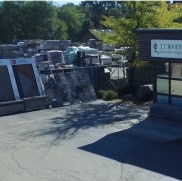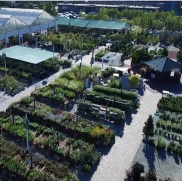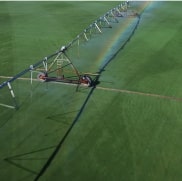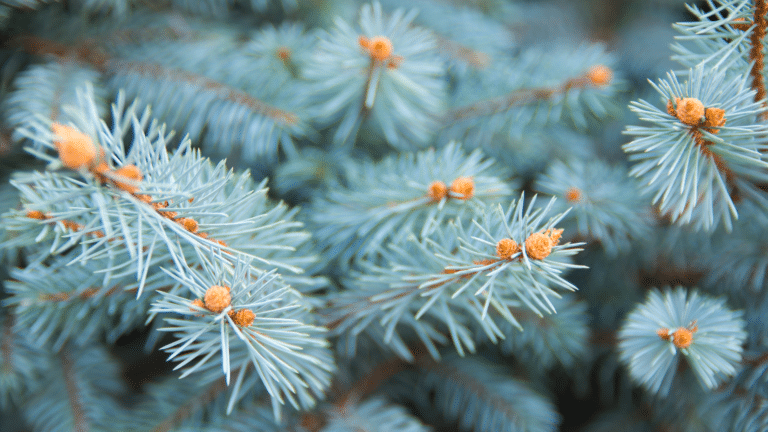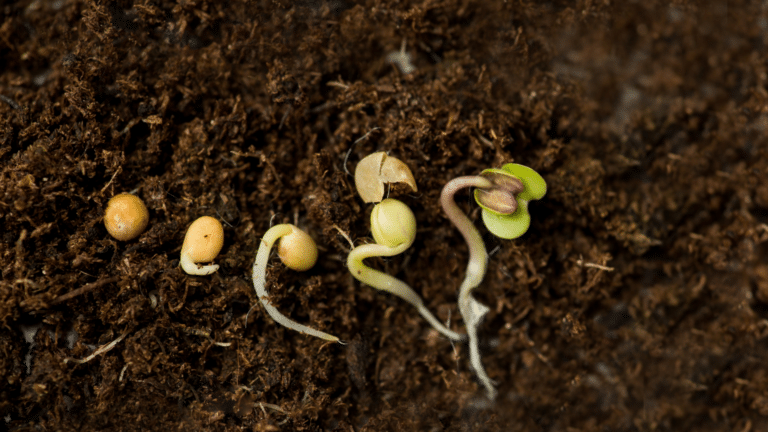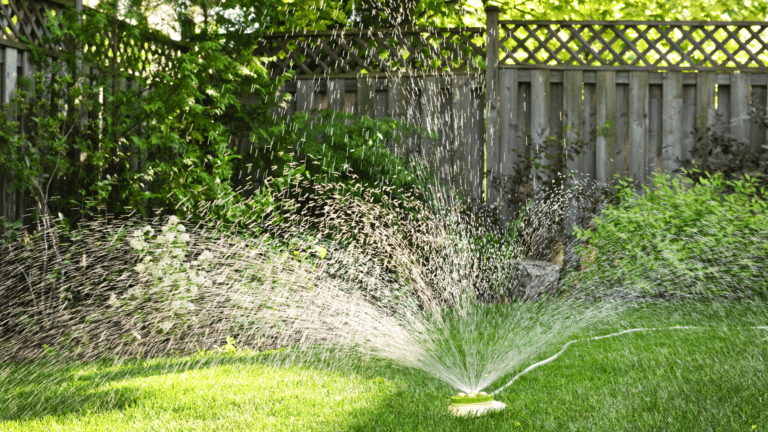Timing:
Spring, March to May, is the best time to repot a plant. The days are longer, and the plant is getting ready to be more active. Even if the plant is not getting direct sun, the length and strength of indirect sunlight improves. In emergencies, a houseplant can be repotted at any time. If it is in late fall or early winter, the plant can be stunted or die back due to repotting.
When To Know Repotting Is Needed:
Houseplants like to be a little tight in their pots. In nature tropical plants are competing for the space around them. The only time they do gain extra room is when a plant next to them dies.
If the plant is sending out a lot of roots from of the bottom drain holes, or if see the pot bulging at the sides, it’s a sign that plant that needs to be repotted. Also, when watering and the water is draining too fast from the bottom it could be that the roots are too compact, and the plant needs more room.
Removing Plant from Plastic Grow Pot:
Start by pushing on the sides of the pot to loosen the roots a bit, tilt the plant to the side, and gently pull the plant out of the pot. If there is resistance, you can cut the pot with pruners. It is okay to lose some roots in the process. The root ball is not delicate, so a little force is okay.
Removing Plant from Decorative/Clay Pot:
Pro tip is to lay down a plastic sheet or newspaper for easier cleanup. Lay the pot on its side and begin to loosen the soil along the sides of the pot. Hands work best but can always use a trowel. Dig deep into the pot around all sides, so the root ball can slide out of the pot smoothly – cut roots that might have fused to the sides of the pot. If there is still too much resistance to safely pull the plant out of the pot, you might need to sacrifice the pot.
Finding A New Pot:
The new pot should be one size up from the old pot, typically 2” bigger. That gives 1” of new soil around the root ball. Any smaller than that, you will need to repot again too soon. Any bigger, you run the risk of root rot. A drain hole is strongly encouraged, because water collecting in the bottom of the pot will accelerate root rot.
Repotting
Gently loosen the roots if they are tightly woven together. Don’t worry about breaking a few, the plant will grow new ones. First step is to add soil to the bottom of the pot, set the root ball straight in, and pack soil around the sides. Do not compress too tightly. You can add stones or broken clay pieces on the bottom of the pot helps with drainage –do not plug the drain hole. The soil level should be the same as before – do not bury the stalk of the plant, and do not let the root ball stick above the new soil line. An extra 1/2” is the maximum you would want the root ball to be buried.
Water thoroughly and add more soil if the top of the soil level lowers. Pack down gently and repeat if necessary.

